
An indoor garden can be anything you want it to be, on any scale to fit your space. It could be a cluster of houseplants to elevate your living room, a miniature ecosystem in a terrarium, a living wall or even a micro-farm on your kitchen windowsill.
Now is the perfect time of year to get your houseplant ideas going, too, because even if you have outdoor space once you’re done getting your garden ready for winter your indoor garden can take over as your main source of peaceful pleasure – with no mowing, digging, or getting rained on required.
Whether you’re keen to nurture houseplants as décor accessories, bulbs for your own bouquets or seeds for food, keep the skill level at ‘novice’ and your indoor garden will never become burdensome.
Far from adding to your ‘to do’ list, growing an indoor garden brings a whole raft of physical and mental benefits… among others. Let these green-thumbed experts persuade you…
1. Plants will bring your room décor to life
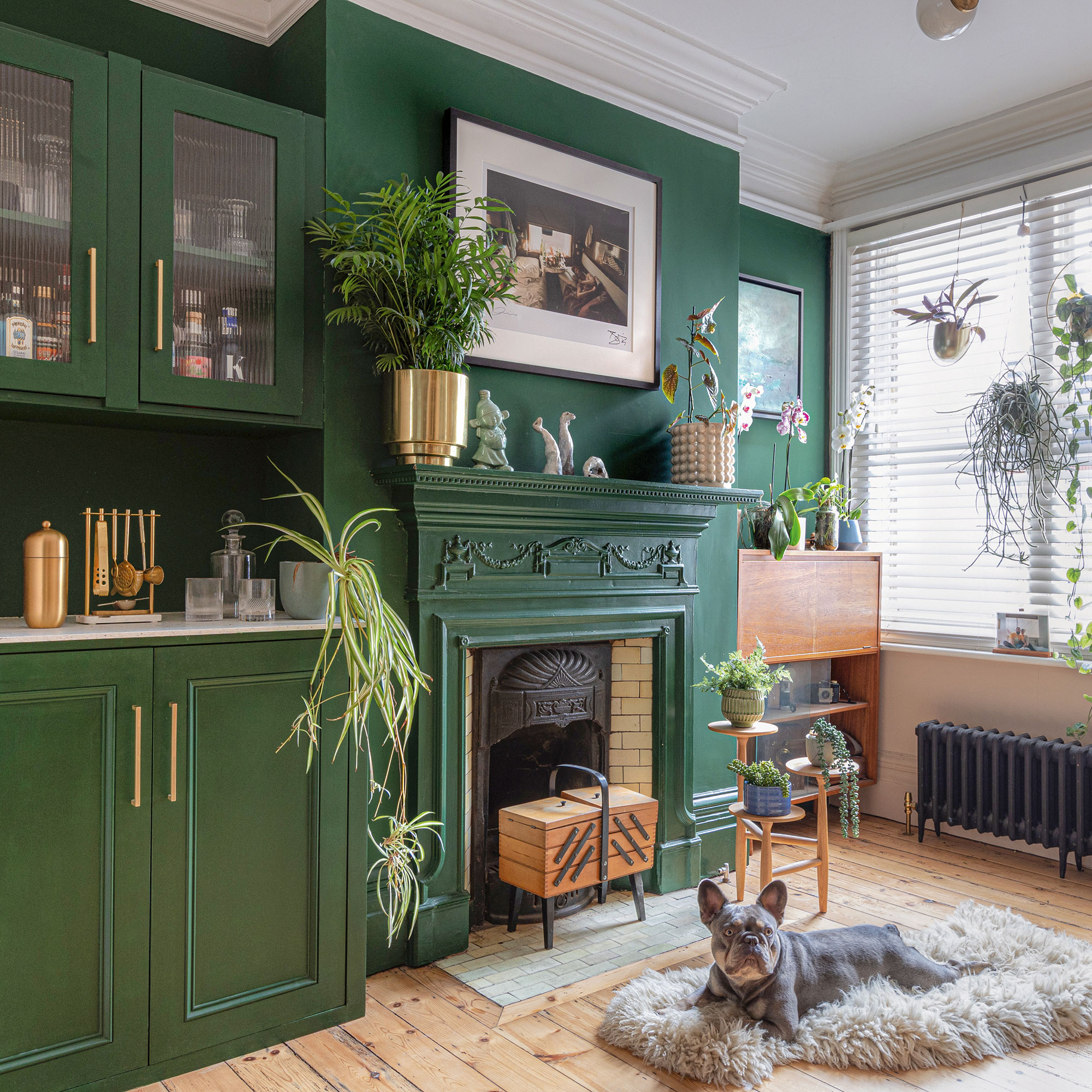
Ian Drummond, botanical designer and author of At Home With Plants, explains the aesthetic importance of greenery: ‘Houseplants enrich our interior spaces like nothing else because they create a visual connection with the power of nature – and we need this.
‘Think of them as living pieces of three-dimensional art to soften hard lines or break up spaces. Group smaller plants together or go big, brave and sculptural!’ Consider colourful houseplants to brighten up your home.
2. Plants improve home health
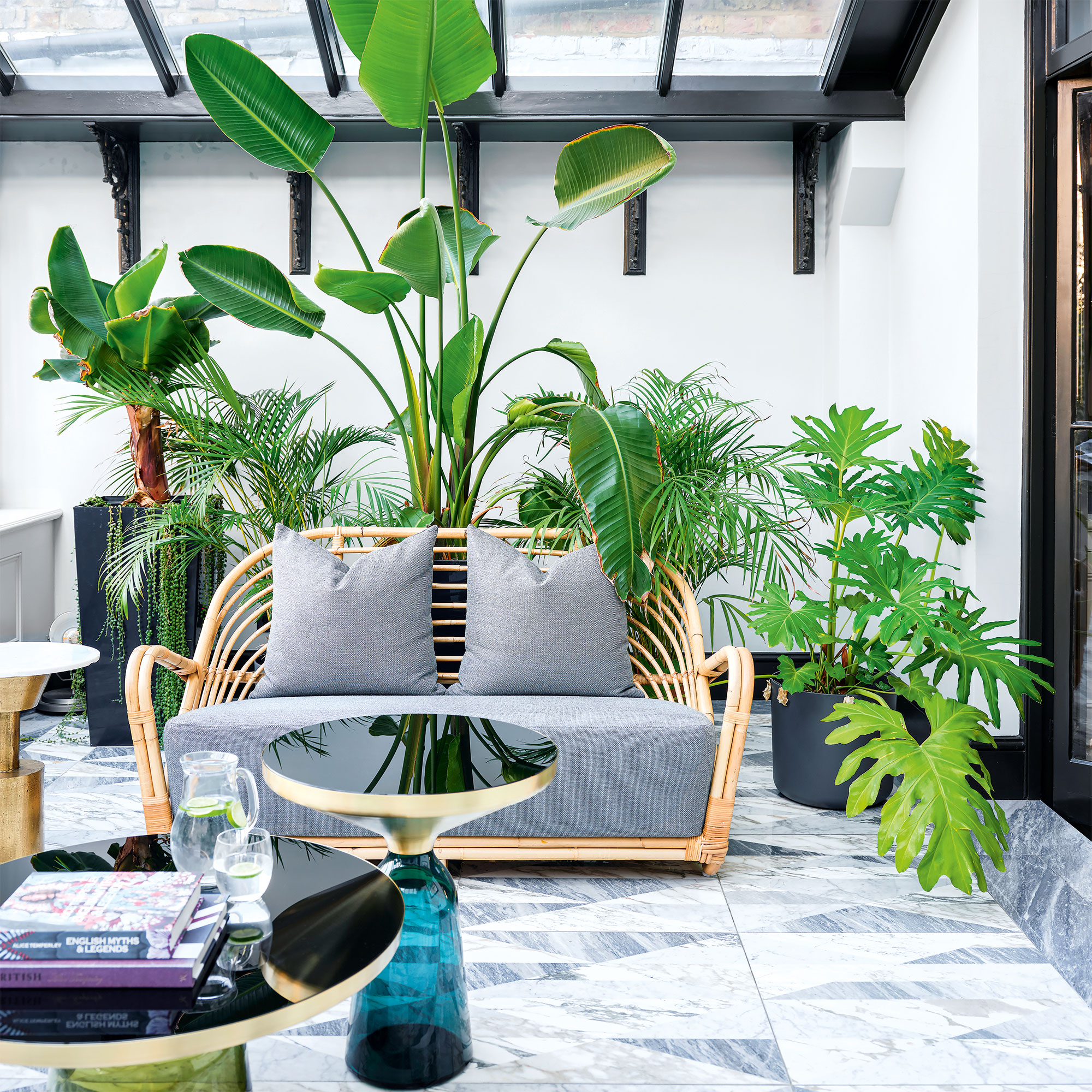
‘Plants are an essential part of our lives,' says Thomas Palfreyman, managing director of interior and exterior planting specialists Urban Planters. 'They improve the places where we work, rest and play, cleaning air in a natural and effective way as long as they are in the correct location and have the correct levels of light, water and temperature for their specific needs.
‘Any plant improves the aesthetics within a building, but large-scale planting in on and around buildings not only looks great but also helps to improve air quality, reduce noise, collect dust, remove pollutants and VOCs and regulate temperature.’
3. Plants bring you closer to nature
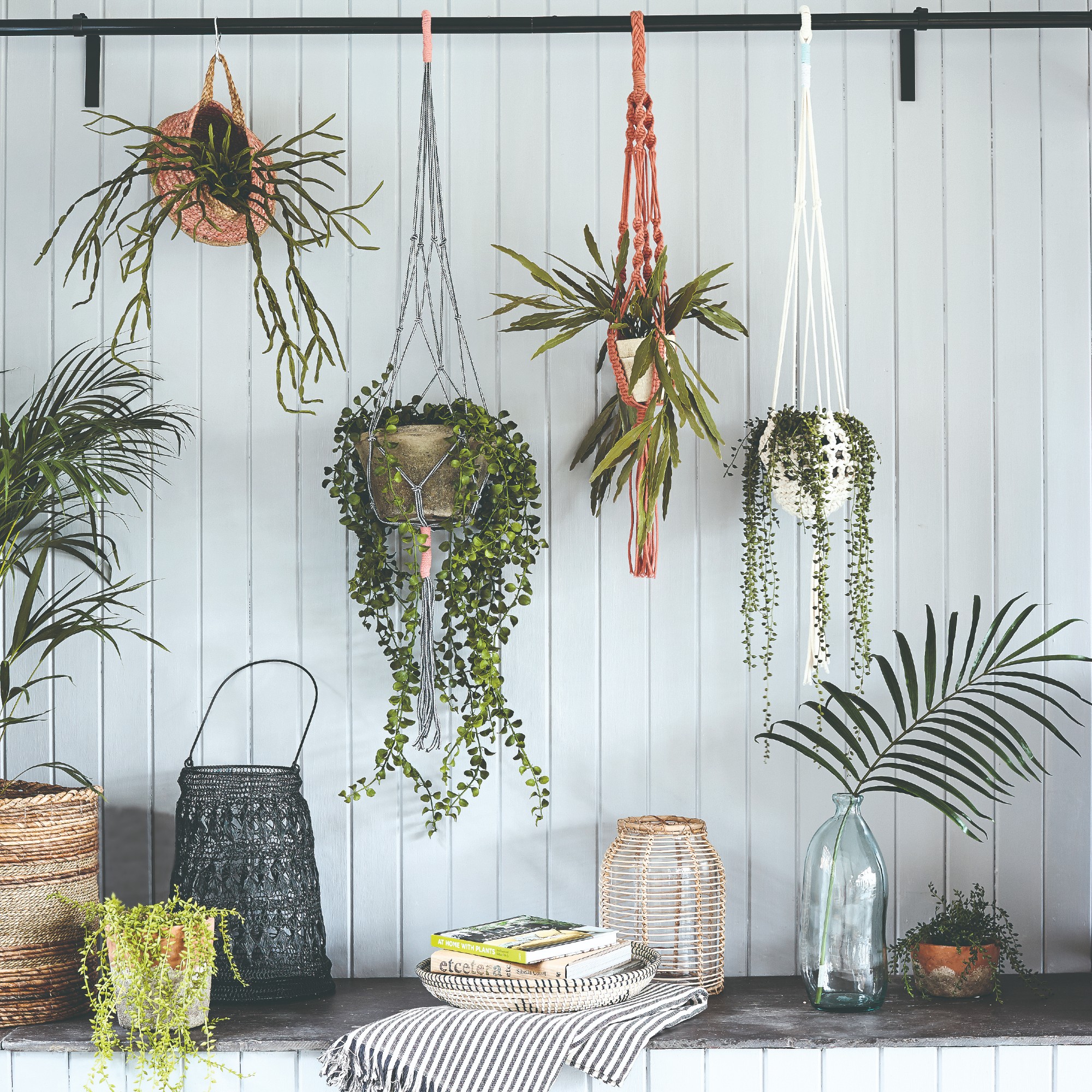
‘Humans are naturally connected to nature. We are biologically designed to thrive when surrounded by greenery,' explains horticultural therapist Michelle Brandon. 'The concept of biophilia explains our innate bond with the natural world, even if modern life sometimes distances us from it.'
‘Bringing houseplants into your home, or even starting a small kitchen garden, helps restore that connection. It allows you to create your own small forest of nature, one that helps you relax and slow down.’
4. Growing plants relieves stress
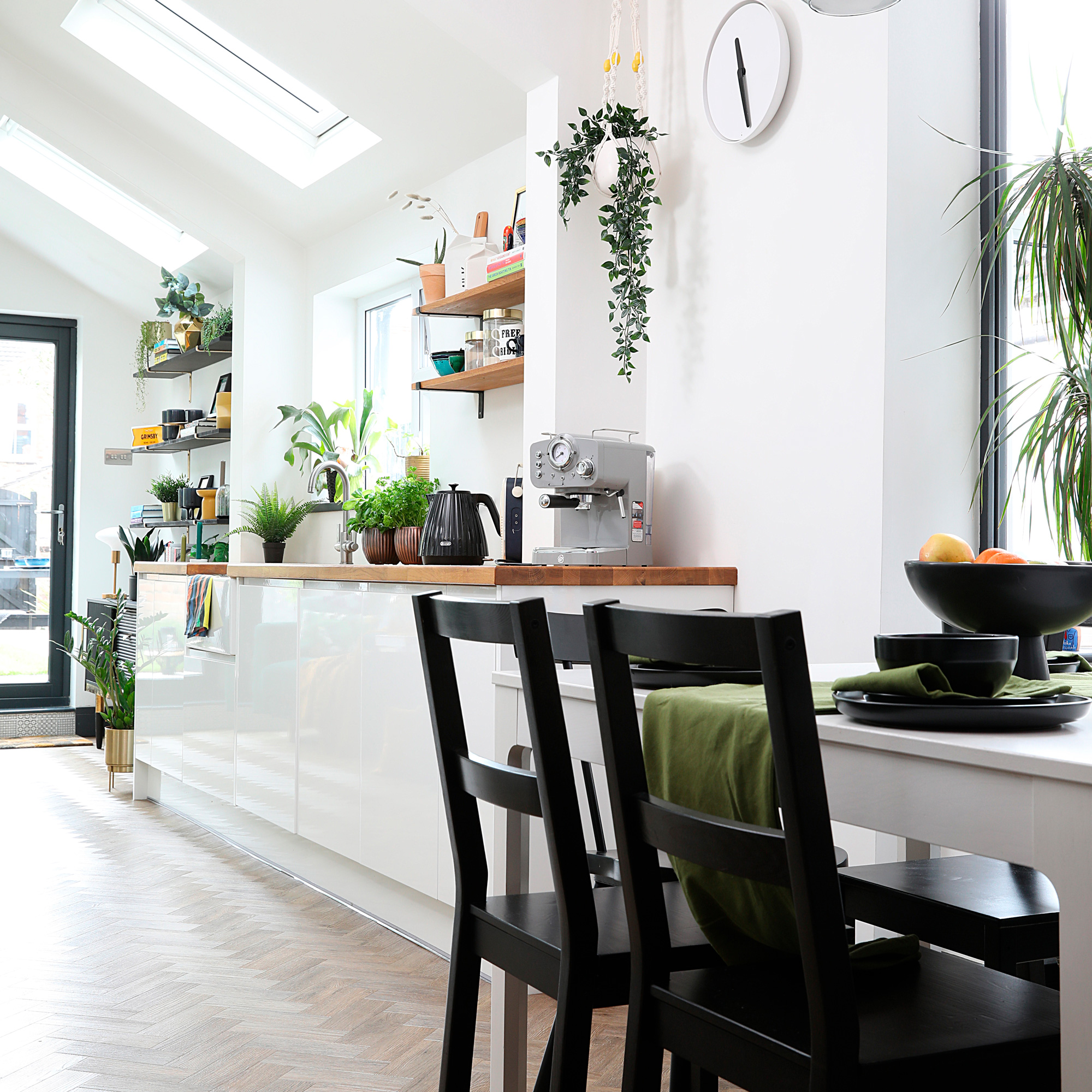
‘When you nurture plants, you’re not just helping them grow, you’re also nurturing your mental health,' explains Michelle. So choosing a plant for your wellbeing can help in more unexpected ways, too.
‘Tending to them encourages mindfulness, a form of meditation that helps you focus on the present moment. As you care for your plants, you’re giving yourself time to breathe, to take a step back from your worries and to engage in something that feels purposeful.'
‘Caring for something outside of ourselves releases feel-good chemicals in the brain, like dopamine and oxytocin, these chemicals make us feel happier and content. These aren’t fleeting emotions, as we nurture our plants these feelings stick around and influence our everyday lives.’
5. It will give you a sense of achievement
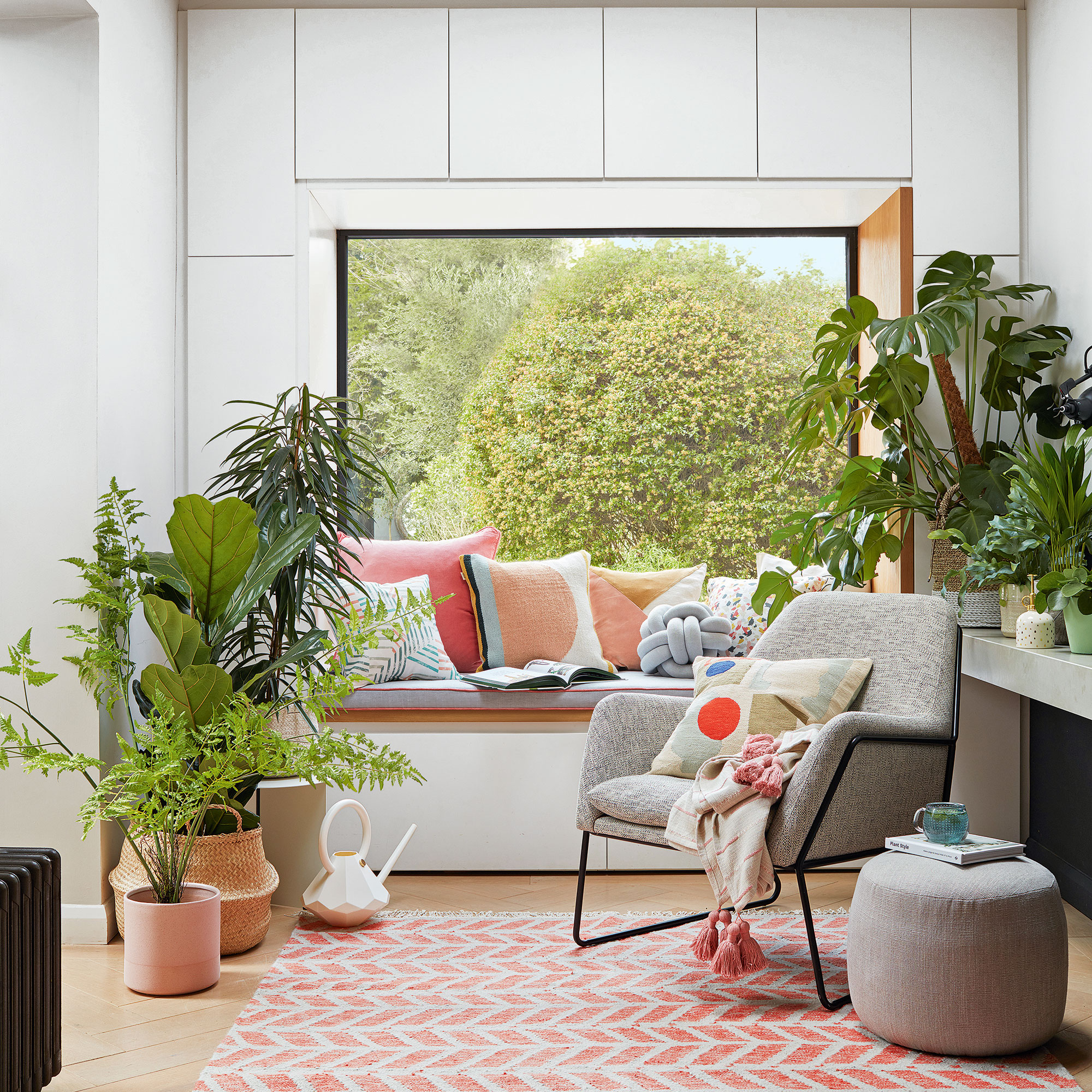
'As there are no shortcuts to cultivating a healthy, happy plant, patience, consistency, resilience and learning are all part of the process of growing,' says Michelle.
'There’s a deep satisfaction in watching your plants thrive because of your care, reminding you that small, steady actions lead to rewarding outcomes. In this way, looking after plants gives you a sense of achievement and self worth.’
6. Growing things keeps you interested in life
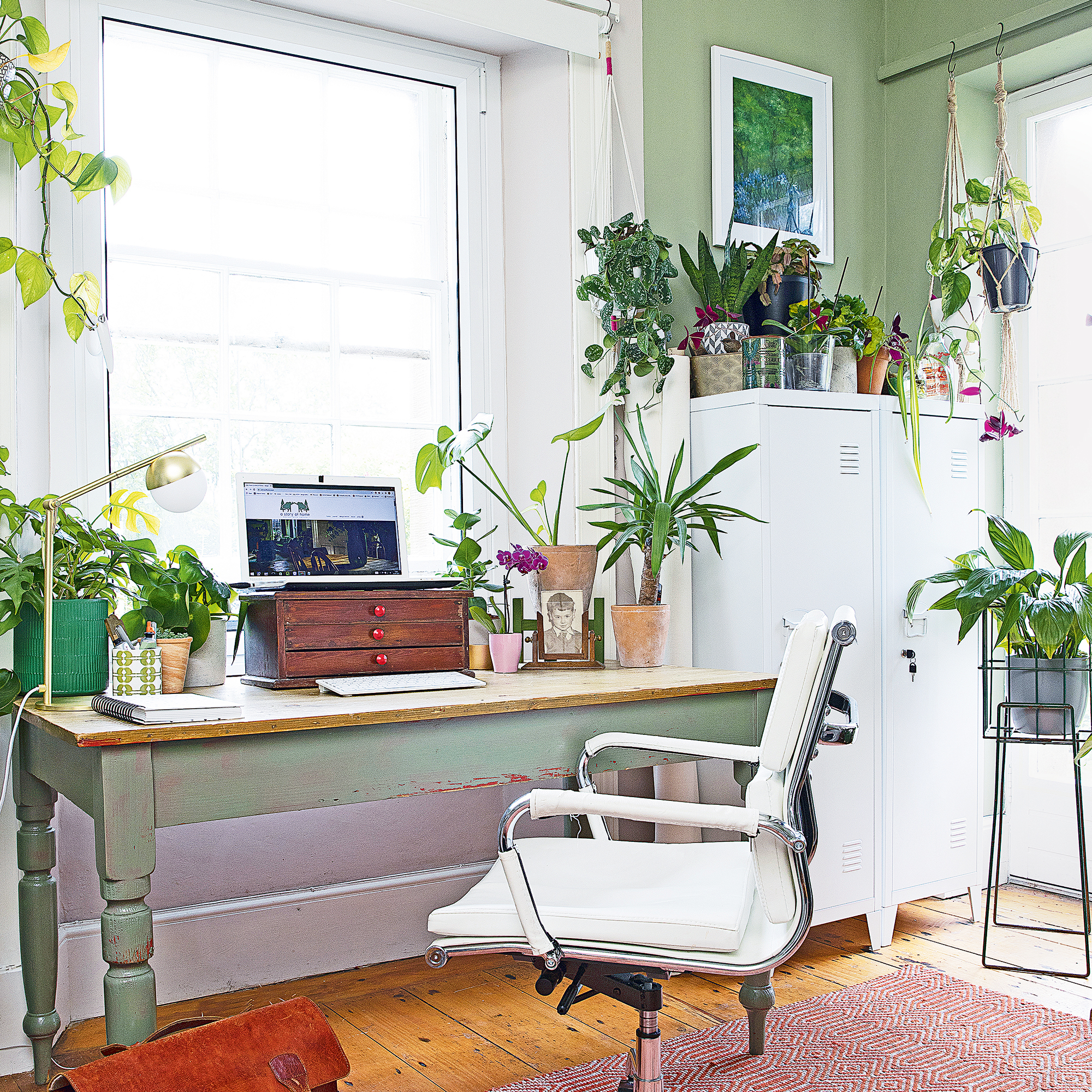
Horticultural therapist Michelle explains how plants can actually help you to boost your mood. ‘Keeping your plants happy requires a routine. This establishes a rhythm to your days. It could be what gets you up in the morning and that's incredibly powerful.
‘Plants spark curiosity. This in my mind is an emotion that is essential to a happy fulfilled life. Curiosity, wonder and fascination come about by wanting to know more about your plants, their unique needs, where they originally grew, their natural habitat. This can lead to conversations with others who share your interest and potentially open doors to new friendships.’
7. Plant care is self care
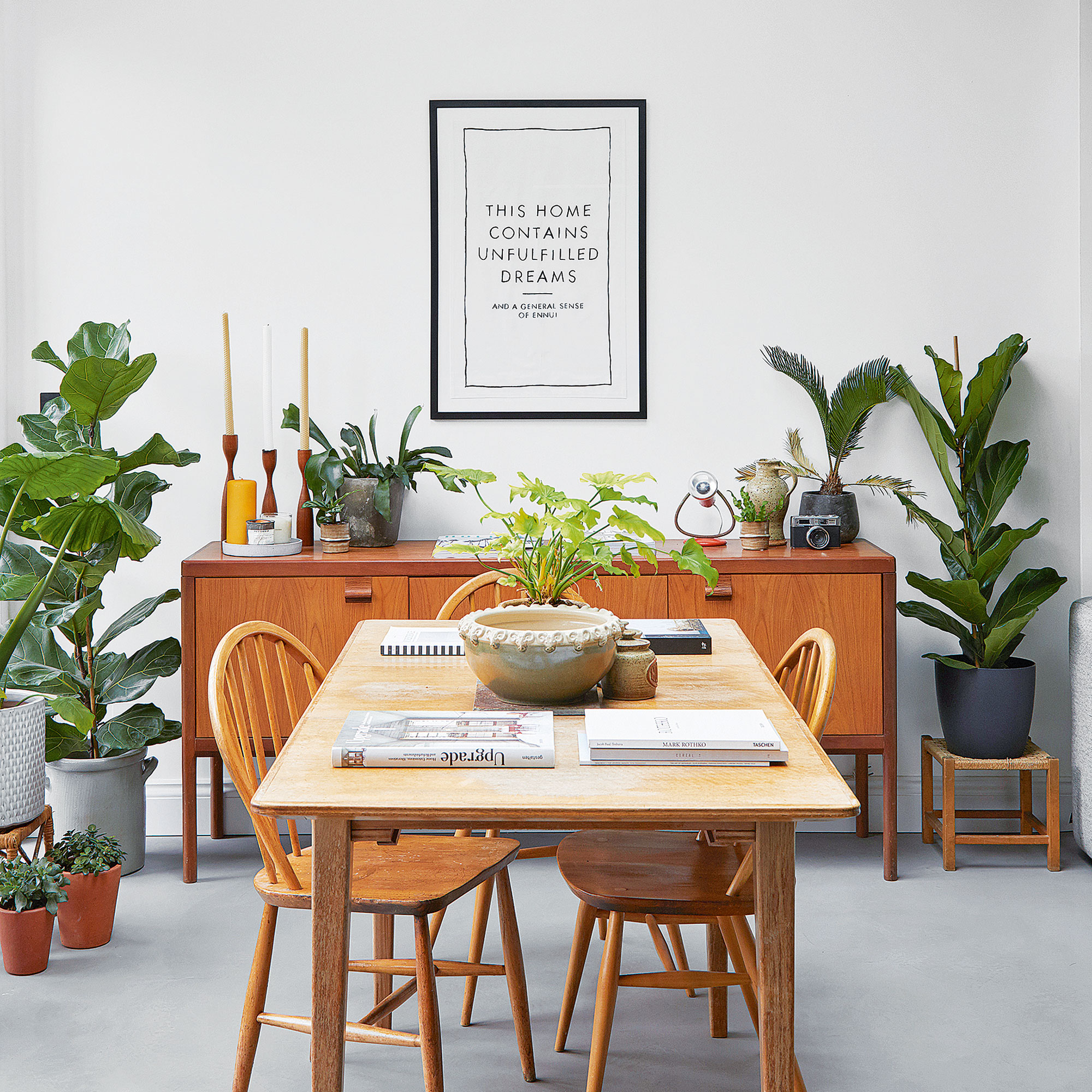
Growing your own food promotes self care, healthier living and a sense of empowerment, another avenue to promote wellbeing and daily satisfaction,’ explains Michelle.
‘The positives to being surrounded by plants are endless, a green environment is the best environment for growth, happiness and wellbeing.’
8. You can make cheaper, tastier meals
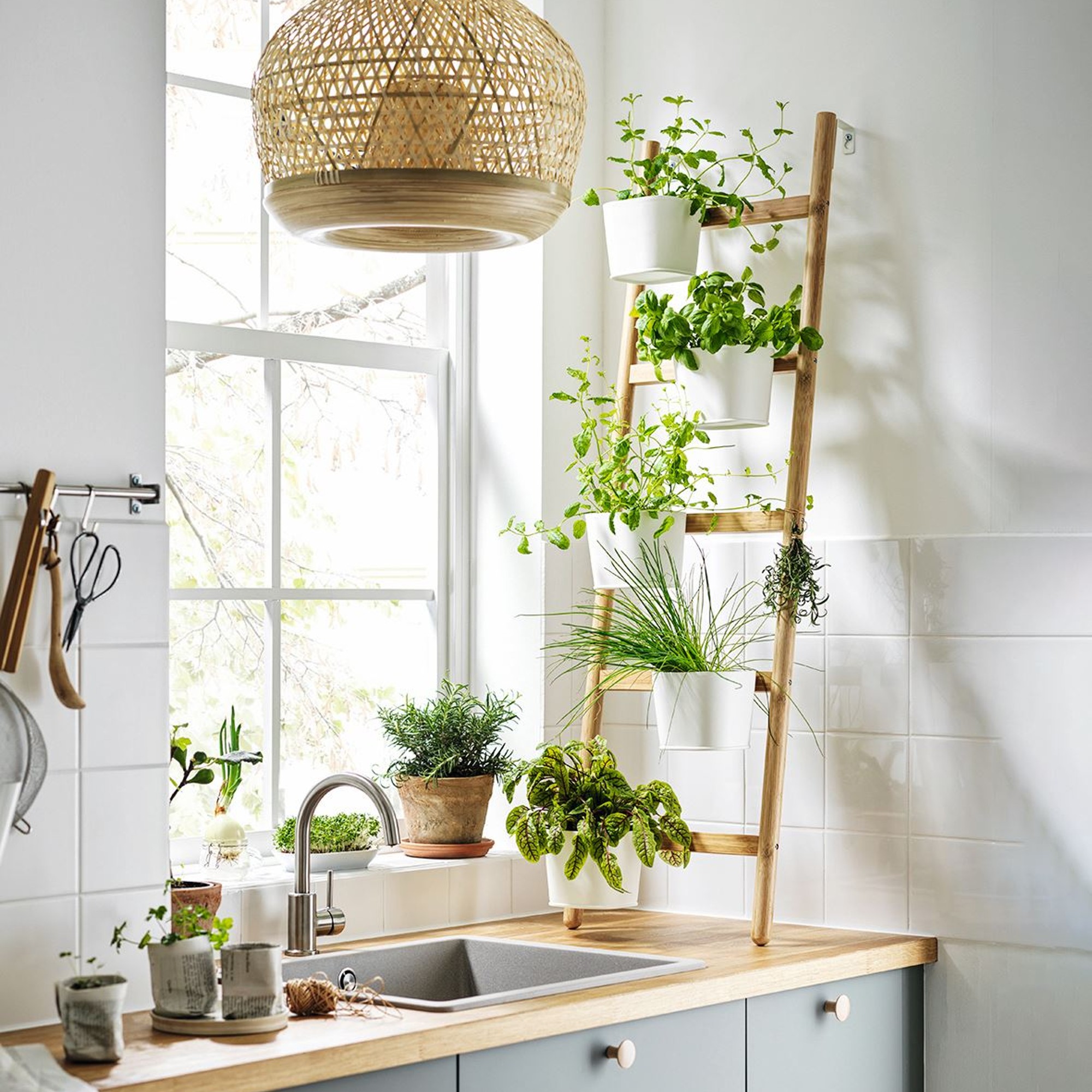
Growing your own doesn't have to be confined to a garden or allotment. Swap overpriced bags of sweaty salad from the supermarket for super-fresh leaves from your own windowsill micro-farm. Think of the food miles you’ll be saving, as well as cash.
'Starting an indoor garden promotes healthy eating with fresh salads and herbs, introduces children to gardening, and enhances meal flavour,' says Andrew Davidson, founder of gardening supply company QuickCrop.
'It's cost-effective and helps reduce stress. Plus, using a cost-effective set of LED grow lights, you can enjoy gardening all year round, whatever the weather,' advises Andrew. 'Pick your salad from your kitchen window. You can't get fresher than that!'
In terms of what to grow, Guy Barter, chief horticultural officer of the Royal Horticultural Society, suggests that ‘a south-facing windowsill is a good spot to raise micro-greens such as mustard-and-cress, which makes a tasty and highly nutritious garnish.'
'Also, lamb’s lettuce and rocket which, with enough light, are cut-and-come-again for a sustained supply. You can also sprout peas and cut the shoots at 3in long for a nice fresh flavour.’
FAQs
What plants should you include in an indoor garden?
‘It depends on the light levels,' says Guy Barter from the RHS. 'On a bright windowsill that faces south, southwest or southeast, it’s easy to grow sun-loving plants such as pelargoniums, cacti and succulents, or potted herbs.
‘For flowers, you can buy potted bulbs or plant your own bulbs in the autumn and leave them outside in a dark place until they show a bud and a few leaves, then bring them inside to flower.’
‘In a dark room, philodendrons and monstera will survive. You can buy these in smaller sizes or as bigger, floor-standing ones, depending on how deep your pockets are.
‘Ivy, spider plants and aspidistra are inexpensive and hard to kill. It takes time to develop the skills to keep a plant alive, so don’t be downhearted if one dies. Just start with cheaper ones and go from there.’
How much space do you need for an indoor garden?
There are many small-space houseplant ideas. There are people who fill their houses with plants, but it’s not for everyone,' notes horticulturalist Guy Barter. 'You can have a very nice little garden in a small space. For example, air plants can be turned into a wall mural, or you can use a glass box for a terrarium or cultivate a bottle garden.
‘To some degree it does depend on how much window space you have,’ he continues. ‘However, there are LED lamps for darker corners. You can buy a decorative LED installation to keep your plants in fine fettle, so you’re not dependent on having a south-facing window. LEDs don’t cost that much to buy or run.’
And what about storing equipment? Guy points out, ‘It’s more economical to buy a big bag of compost but if you’re lacking storage space, smaller ones are available. It’s better to use these things fresh, anyway.'
‘Half a cupboard is all you need for your pots, saucers and decorative outer pots. A small drawer might hold all the tools you need, such as a little tool set for dibbing and snipping. You can even use an old kitchen knife and a spoon instead.’







